Characteristics and description of varieties of thick-walled sweet peppers for open ground
When choosing a variety of thick-walled sweet pepper for open ground, first of all, they look at the characteristics of the fruit, which determines the thickness of the wall (pericarp). Thick-walled varieties are more profitable to grow and these species taste better than peppers with thin pericarp. A hybrid (variety) is classified as thick-walled if the pod has a wall thickness of 6 mm or more.
Planting and growing
In February, work begins on sowing pepper seeds for seedlings. At the end of May or at the beginning of June, it is time to plant seedlings in open ground. The plants are 90 or 100 days old by this time. Young bushes have at least 10 leaves formed, and the growth reaches 25 cm.
In the garden plots of Siberia, a heat-loving culture is planted under temporary shelters or in greenhouses. Early planting dates require additional efforts from vegetable growers:
- hardening seedlings;
- treatment of plants with growth stimulants;
- the use of foliar dressing in case of worsening weather conditions.
In greenhouses, you can plant younger seedlings of pepper (50-60 days). Before planting, the soil is filled with organic (compost, humus, peat, ash) and mineral (superphosphate, potassium sulfate, carbamide) fertilizers.
The standard planting pattern for thick-walled peppers is 4 bushes per 1 m². Low-growing hybrids (varieties) can be planted thicker. It is necessary to read the instructions, which provide specific information on the correct planting of a certain type of pepper.
Description of the bush
In young peppers, the stem is herbaceous; as it grows, it coarsens. Pepper is a low plant, the height of the bush depends on the variety and quality of care. In thick-walled types of sweet pepper, bushes reach a height of 40 cm to 1 m.
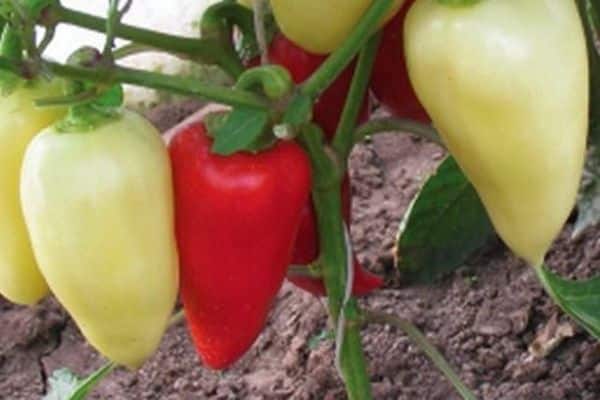
With good care on the main stem of the bush, shoots of 2,3,4 orders are formed. By the form of branching, bushes are:
- standard;
- half-stamp;
- bushy.
Bushes are low, standard, do not require a garter. Taller hybrids (varieties) need support and regular formation. Flower formation occurs in the leaf axils. First, on shoots of 1-2 orders of magnitude, then on the main stem.
Fetal characteristics
Thick-walled hybrids (varieties) are distinguished by high yield, for which summer residents and farmers love them. The main distinguishing characteristic of this type of sweet pepper is the pericarp thickness of 8 mm. An important characteristic of any variety is the ripening period in days:
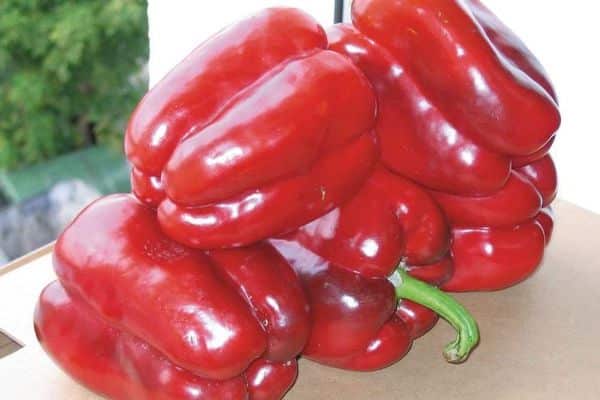
- early to 100;
- mid-season up to 120;
- late to 150.
Pods that have reached technical ripeness (light green, dark green, cream) are well stored. Duration of storage of juicy, fleshy fruits that have reached biological ripeness is shorter.
The pod of any thick-walled variety reaches its maximum weight with high agricultural technology. The colors of thick-walled peppers that have reached biological ripeness depend on the particular variety.
Diseases and pests
Bulgarian pepper requires careful care, diseases and pests do not bypass its planting. The most common diseases:
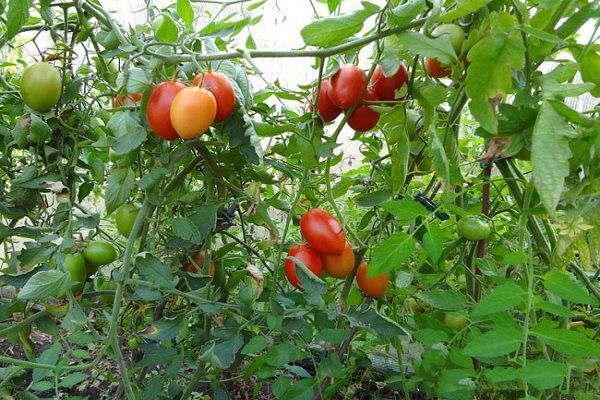
- blackleg;
- gray rot;
- anthracnose;
- fusarium wilting;
- top rot.
Blackleg affects pepper seedlings... Symptoms: darkening of the root section of the stem, signs of decay. Sick plants are destroyed, the rest are treated with a 3% solution of copper sulfate.
Gray rot can be identified by gray spots on pods and leaves. This fungal disease is treated with modern fungicides. In a plant sick with anthracnose, brown spots appear on the leaves and stems, the first dry up, the second rot. The plant is removed from the infected areas and treated with a fungicide.
Bushes infected with fusarium should be destroyed, the soil should be shed with a fungicide and deeply loosened. Top rot is provoked by daily temperature fluctuations, improper watering, and lack of nutrition. Pods suffer. Sick plants need to be properly cared for and treated with a 0.3% calcium chloride solution.
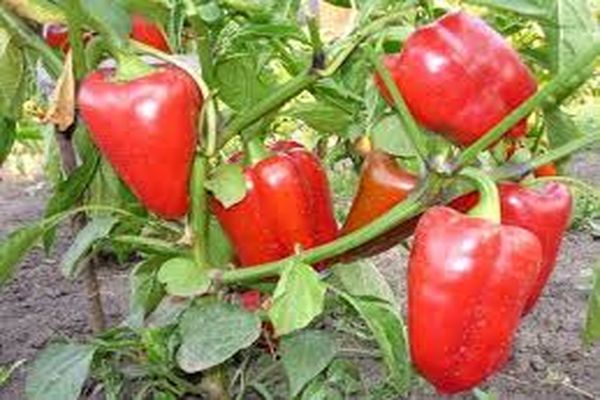
Thick-walled sweet peppers
Player
Pepper Player can be grown in any conditions (soil, greenhouse, tunnel). A plant with an early maturity. From germination to the first harvest, it takes from 100 to 105 days. The bushes are low (50 cm), have a semi-spreading shape, covered with slightly wrinkled, medium-sized leaves with a dark green color.
Fruit characteristics:
- cuboid shape with ribbing;
- weight 110-150 g;
- color red;
- harmonious taste, no bitterness;
- classic peppery aroma;
- the largest wall thickness is 12 mm.
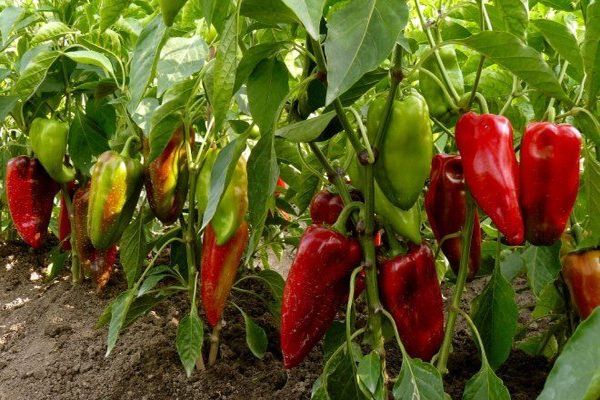
Peppers are intended for any kind of processing and fresh consumption. Good care guarantees a yield of 5 kg / m². We recommend a dense planting: 7 bushes per 1 m².
Jupiter
Pepper Jupiter is a hybrid of Dutch selection, known to Russian gardeners for more than 10 years. In the state register, it appears as a vegetable crop suitable for any type of cultivation (open ground, greenhouse, tunnel) in all regions of the Russian Federation.
The shape of the half-stem bush is semi-spreading, umbrella-shaped, with an average height of 50-60 cm. The leaves are dark green, medium-sized. Peppers enter the stage of technical ripeness 130–140 days after germination. Jupiter F1 will delight the non-lazy vegetable grower with a good harvest - 4.5 kg / m². In the absence of the necessary care (top dressing, root, foliar) and poor soil, the yield is lower - 3 kg / m².
All information about the fruits:

- the shape is cuboid or prismatic, depending on the degree of illumination of the bush;
- drooping by growth;
- the color of the mature pod is dark red;
- seed chambers 4;
- walls (thickness) 10 mm;
- the pulp is juicy, tasty;
- the skin has a waxy coating and good density;
- weight from 90 to 120 g;
- dimensions (height, width) 10–11 cm.
A hybrid will be a good choice for farmers. Arguments: stable yield, presentation of the fruit, transportability and long shelf life.
Stanley
The Dutch sweet pepper hybrid is universal in terms of the method of cultivation, entered in the state register. Stanley pepper is propagated by seedlings, matures in open ground and in any type of greenhouse. The hybrid belongs to the mid-early group of plants, forms powerful bushes up to 130 cm high... Cuboid, thick-walled pods are ready to harvest at 110–117 days from germination.
The main characteristics of the fetus:
- pod weight from 75 to 130 g;
- pulp (thickness) up to 10 mm;
- maximum number of nests 4;
- the color of the ripe fruit is red;
- the taste is excellent;
- the purpose is universal.
The advantages of the hybrid include immunity to the tobacco mosaic virus. When placed on 1 m² of 4 Stanley F1 pepper bushes yield 2.3 kg.
Alligator
Alligator peppers in the Middle Lane, Siberia and the Urals should be grown in greenhouses. In the open field it ripens only in the southern regions of the Russian Federation. In terms of ripening, the variety is mid-season (110–120 days). The term is calculated from the date of emergence of seedlings.
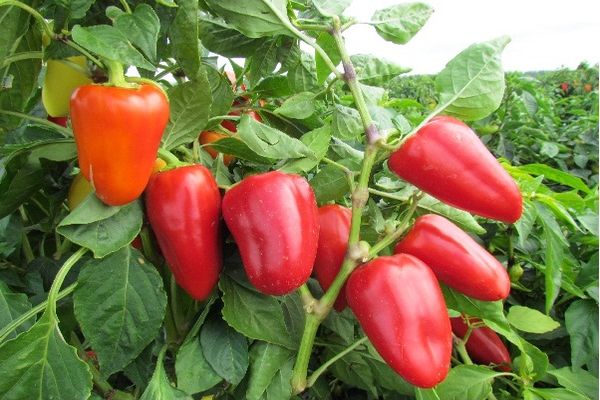
The plant forms tall (90 cm), spreading bushes, covered with large dark green foliage. The bushes need to be shaped - to remove the crown flower. On one plant, you need to leave from 8 to 12 ovaries.
The fruits are large (200-300 g), thick-walled (8 mm), red in color during the period of biological ripeness. The length of the pods is from 20 to 25 cm. When using the planting scheme of 4 bushes / m², 7 kg of Alligator pepper are removed from the unit area.
Bandai
Pepper Bandai is planted according to the scheme 50x60 cm. The F1 hybrid responds well to feeding. There must be at least three of them. You can grow Bandai in protected and open ground. The technical ripeness of the fruits occurs in 110–120 days. Bandai belongs to a mid-season culture.
Large cuboid pods are formed on tall bushes:
- weighing up to 280 g;
- up to 13 cm long;
- up to 11 cm in diameter.
The fruits are thick-walled (8 mm), the pulp is juicy with an excellent taste without bitter notes. Bandai pepper pods are eaten fresh, put on blanks, and frozen. The yield is excellent - from 7 to 14 kg / m².
Alexy
Half-stemmed pepper Alexiy reaches biological maturation on 120-130 days from germination. You can grow the variety in any way (greenhouse, open ground, temporary shelter). Bushes are semi-stemmed, medium-sized. Thick-walled pods (8 mm wall thickness) are formed on them. Average fruit weight 200 g, conical shape, cream color at maturity.
Advantages:
- stable yield of 8 kg / m²;
- marketable condition;
- good taste;
- immunity to verticillary wilt.
To achieve the declared yield, it is necessary to carry out regular feeding, use growth stimulants.
Fat Baron
Early ripe, thick-walled peppers of the Tolstoy Baron variety will delight you with an early harvest of large (250-300 g) fruits. The first fruits reach technical ripeness 90 (100) days after germination. Good care and proper planting do not exclude the production of fruits weighing up to 500 g in weight and wall thickness, and pericarp up to 10 mm.
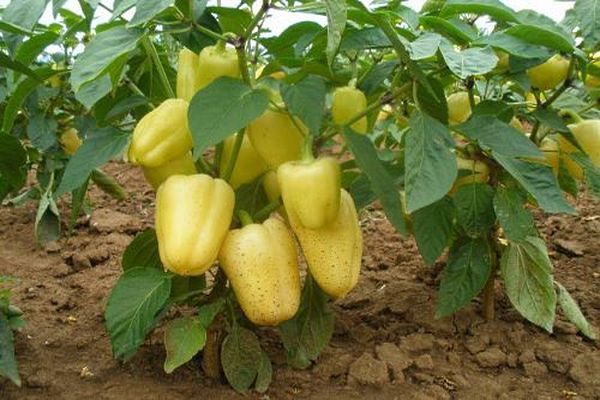
The bushes are low (50 cm), spreading, resemble a ball in shape, they can do without support, since their stems are thick and strong. On 1 m² it is worth planting no more than 4 bushes of the Fat Baron. Seedlings older than 60 days are transplanted into open ground; in regions with a temperate climate, the beginning of June is considered a suitable time for transplanting (from 1 to 10). The advantages of the Fat Baron pepper include thick fruits and resistance to the tobacco mosaic virus.
Big Boy
In reviews of Big Boy pepper, one can note the unanimous opinion of gardeners about the bright, rich taste of the fruit. Lovers also note the external attractiveness of this variety, its absolute unpretentiousness. The advantages of Big Boy include its versatility, both in the intended use (preparation, freezing, salads, first and second courses, sauces), and the possibility of growing in open and closed ground.
Fruit characteristics:
- weight 300 g;
- wall (thickness) 8 mm;
- cylindrical shape;
- taste without bitterness;
- color is red.
Good care guarantees a yield of up to 7.5 kg / m². The bushes are of medium size, they are semi-spreading, covered with medium-sized leaves. Fruits can be stored for a long time; during transportation, they retain their presentation.
Little Red Riding Hood
The fruits of the Red Riding Hood pepper have a cuboid, ribbed shape, ripen early, ripening period 115 days. Fruit weight 250 g. The pulp is juicy, thick (7 mm), fragrant. The taste is sweet, the color is red. The Red Riding Hood variety is grown in greenhouses and in the open field, it adapts well to weather conditions.
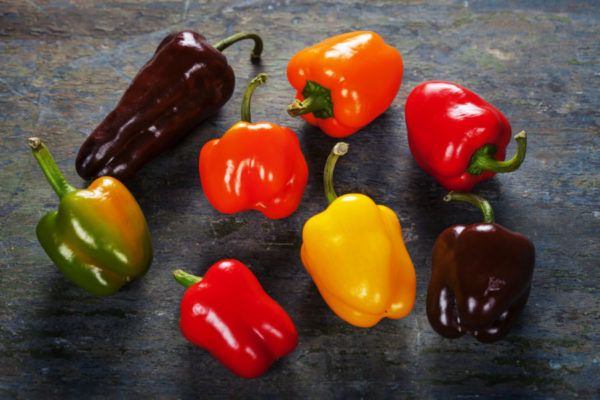
In terms of ripening, the variety is medium early. The bushes are semi-stemmed, medium in height, do not require garters. A dense planting of bushes according to the 30 * 30 cm scheme is permissible. The variety responds well to fertilizing with Aelita vegetable complex fertilizer.
Bon Appetite
Hybrid Bon appetite F1 - sweet pepper with a prolonged fruiting period, average yield. By the timing of ripening, mid-season pepper. The shape of the fruit is elongated and cuboid. The size is relatively small, weight is about 150 g, the color of ripe pods is red. Use the fruits for stuffing, making fresh salads and winter preparations.
The hybrid responds well to feeding, loosening and regular watering. Up to 12 fruits are tied on one bush. Bon Appetite is grown both in open ground and in greenhouses. We can note the positive reviews of gardeners about the excellent germination of Bon Appetit pepper seeds.
Nugget
Pepper bushes Nugget are distinguished by their high growth (1 m) and wonderful fruits with excellent characteristics:
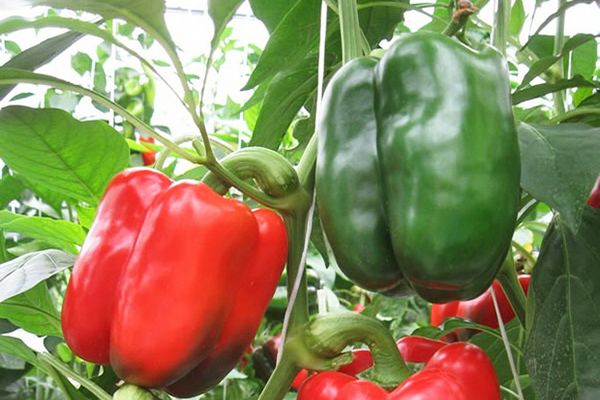
- delicious;
- juicy;
- thick-walled (8 mm);
- bright red;
- weight 180 g.
Pepper Nugget pleases with tasty, beautiful fruits similar to an ingot. Average yield of the variety is 6.4 kg / m². Pepper data The nugget can be found in the state register, it is recommended for cultivation in summer cottages and on farms.
Grows well in open ground and in greenhouses. In terms of maturation, the nugget is mid-maturing, in terms of application - universal.
Ural thick-walled
It is easy to find positive reviews about Ural thick-walled pepper. The hybrid is considered new, since the Ural breeders bred it no more than 10 years ago. Leveled, large cone-shaped fruits are formed on the bushes. The length of individual fruits reaches 16 cm, the wall thickness is up to 10 mm. The variety is early, the fruits ripen on the vine, acquiring a burgundy red color.
The bushes are high (80 cm) and require support. The garter of the branches has to be carried out throughout the season, as large, thick fruits bend the branches to the ground. Advantages of the Ural thick-walled:

- high productivity;
- keeps its presentation for a long time;
- increased juiciness and good taste of fruits.
The Ural thick-walled hybrid is the right choice for summer residents who prefer to grow large juicy peppers.
Red Cube
It is worth noting the good yield of sweet pepper Red cube. Observing the recommended rules of planting and care, about 8 kg of fruits are obtained from 1 m²:
- cuboid;
- with a glossy skin;
- dark red when ripe;
- weighing from 150 to 250 g;
- fragrant;
- delicious;
- thick-walled (8 mm).
The fruits are used for freezing, for preparations, and are used in the preparation of festive and everyday dishes. The variety is mid-season (120 days), suitable for open ground and greenhouses. The bushes are planted according to the 40x60 cm scheme. They grow up to 70 cm, have a spreading shape, and require a garter.
Cypress
The colorful description of the bush and fruit makes Cypress peppers attractive to gardeners. Any vegetable grower will be satisfied with its long-term fruiting. Tall bushes, covered with beautiful openwork foliage, adorn the whole season with large, juicy fruits weighing up to 200 g. When ripe, the pods are colored red, they resemble round tomatoes.
Belladonna
Belladonna is a pepper that has won the love of many vegetable growers. He brings early products to the table for summer residents. The fruits ripen within 90 days after germination. The bushes are quite tall - 80 cm, with insufficient care - 60 cm, average yield - 4 kg / m². The plant is endowed with good immunity to the tobacco mosaic virus.
Fruit characteristics:
- the shape is cuboid, drooping;
- chambers from 3 to 4;
- color light yellow;
- weight 120-140 g;
- walls (thickness) 7 mm;
- taste without bitterness.

The fruits are recommended to be consumed fresh. Planting scheme 4 bushes per 1 m². Care needs high quality:
- watering;
- loosening the soil;
- 3 dressings per season.
Siberian format
Pepper Siberian format, description of the main characteristics of the bush and fruits. The bush is characterized by a semi-spreading form, high growth (80 cm). About 15 large fruits are formed on one plant:
- cuboid;
- drooping;
- dark red;
- juicy;
- sweet, without bitterness;
- size 12x10 cm;
- weighing up to 300 g;
- wall thickness 10 mm.
The purpose of the fruit is universal. Productivity with good agricultural technology is about 4.6 kg / m². The variety loves quality care and fertile soil.
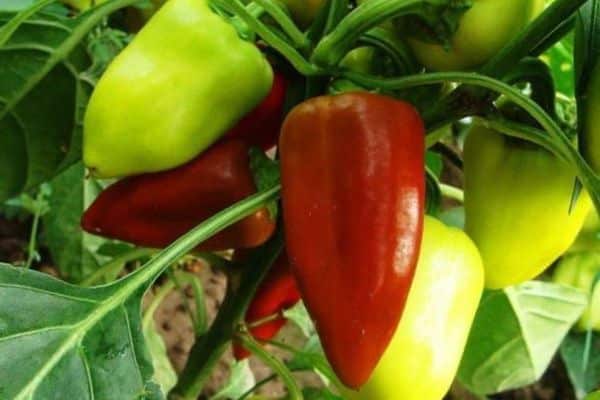
Fat man
A mid-season variety that forms fruits on day 115 from germination. The bushes are low (55 cm), semi-spreading, requiring formation. You can evaluate the fatty pepper according to the characteristics of the fruit given by the manufacturer in the description of the variety.
| Characteristic | Description |
| the form | prismatic, slightly ribbed |
| skin | glossy, shiny |
| color of mature fruit | red |
| weight | from 130 to 200 g |
| pod length | 12 cm |
| pod diameter | 8 cm |
| walls (thickness) | 10 mm |
With good care, the fruit grows larger than the manufacturer claims. The gardeners recorded a maximum weight of 250 g. Productivity is good with a dense planting (up to 7 plants per 1 m²) 4.5 kg of fruits are removed from a unit area. Variety advantages:
- yield;
- transportability;
- universal purpose.

The fat man responds well to feeding. A bush is formed at an early stage of development, all stepsons and leaves located below the first fork are removed.
Red fat man
Description of the pepper variety Fat Man contains all the characteristics of the fruit necessary for vegetable growers:
- pungent taste with bitterness;
- the purpose of use is universal;
- weight from 60 to 90 g;
- pod length up to 190 cm;
- wall (thickness) 4 mm;
- the pulp is rich in carotene and vitamin C.
The Fat Man grows equally well on the balcony, in the greenhouse and in the ground. It is useful to use peppers in the biological ripeness phase. Fruits are good raw materials for winter preparations, they are used as a seasoning and as a component of sauces and seasonings.
Golden calf
The Golden Calf variety got this name for a reason. Its fruits, reaching biological ripeness, acquire a beautiful yellow color. This type of sweet pepper is recommended for growing in a greenhouse or outdoors in the West Siberian region.
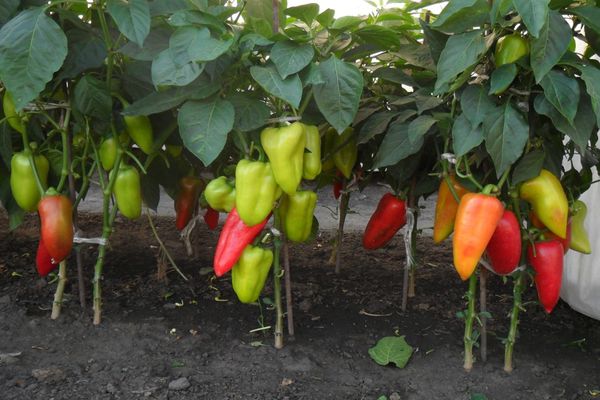
The bushes are tall (up to 75 cm), semi-sprawling, covered with medium-sized leaves, need support. Fruit characteristics:
- cuboid shape;
- wall (thickness) up to 10 mm;
- weight from 100 to 180 g, in specimens that are large in size - up to 300 g;
- the skin is glossy, yellow-orange;
- the taste is sweet.
15 thick-walled fruits are formed on the bush, which ripen at the same time. The yield of the Golden Calf is 3.5 kg per square meter. Ripe seeds are suitable for subsequent reproduction. Reviews of the variety are positive.
Each of the varieties described above deserves attention. With proper care, you can not worry about the quantity and quality of the grown fruits.
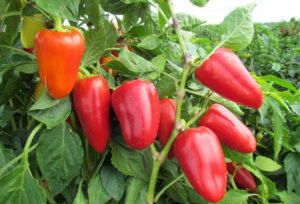

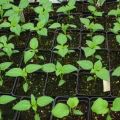
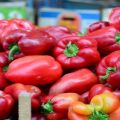


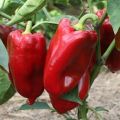
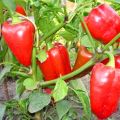

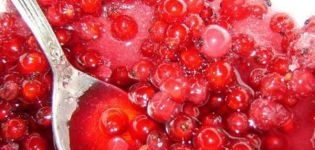
I grew this pepper for the first time, I really liked the variety. The yield is not bad, of the fertilizers I used only the “BioGrow". The peppers are quite large and sweet, now I will only grow this variety.